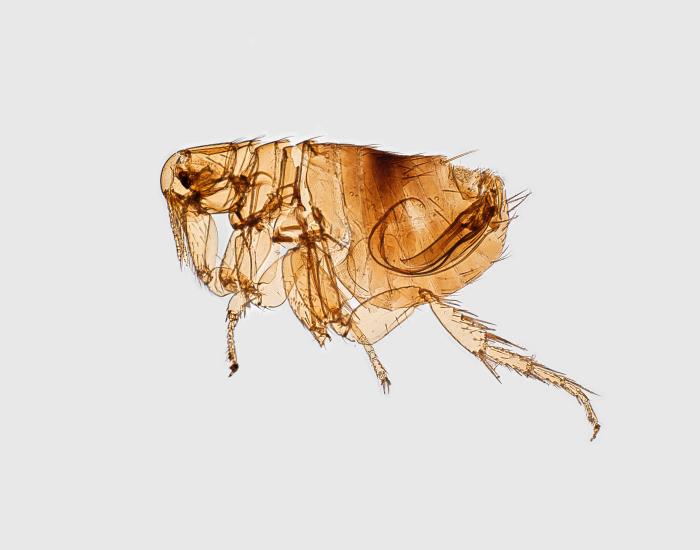By NewsDesk @bactiman63
According to a recent UNICEF Humanitarian Report, in Ituri province in northeastern Democratic Republic of the Congo (DRC), officials have reported 286 cases of bubonic plague, including 27 deaths were reported since August.

Rethy and Biringi health zones have the highest number of cases, with 210 registered cases, including 15 deaths.
In a letter to ProMED mail published Thursday, officials with EcoHealth Alliance also report on the bubonic plague outbreak in Biringi health zone reporting some 150 suspected cases from mid-November to mid-December.
Of the total, overall, women and men are equally affected; however, adolescents (under 17 years old) seem the most at risk, representing 78.9% of the sick people, they write in the letter.
The authors write: In this region, where there are nearly 47,000 internally displaced refugees from South Sudan, with some moving freely between the 2 countries, the risk of a regional flare-up is to be considered if the epidemic also reaches this camp.
Plague is an infectious disease caused by the bacterium, Yersinia pestis. It is found in animals throughout the world, most commonly rats but other rodents like ground squirrels, prairie dogs, chipmunks, rabbits and marmots in China. Fleas typically serve as the vector for plague.
People can also get infected through direct contact with an infected animal, through inhalation and in the case of pneumonic plague, person to person.
Yersinia pestis is treatable with antibiotics if started early enough.
There are three forms of human plague; bubonic, septicemic and pneumonic.
- Shigella increase reported in Seattle area in recent weeks
- Delaware reports 1st flu-related death of the season
- Multiple mosquito blood feedings increase malaria transmission potential: Study
- Dog and cat food recalled over Aflatoxin risk
- Valley fever: The cost of the fungal infection in Arizona is very expensive
- San Diego reports 3 additional cases of new COVID-19 strain
- Florida reports 1st new COVID-19 strain case in Martin County


This is a worrying rise and I am concerned that the symptoms are so like covid this can go into the world easily with far deadlier results. Is this contained to the area?
Worrying that symptoms are very like covid. Is this contained to the area or will it spread further afield?